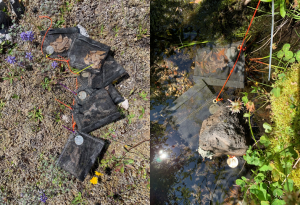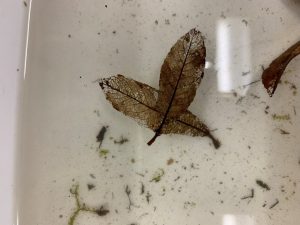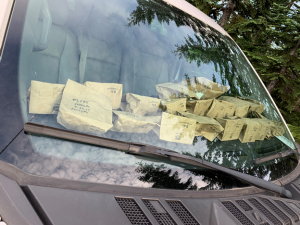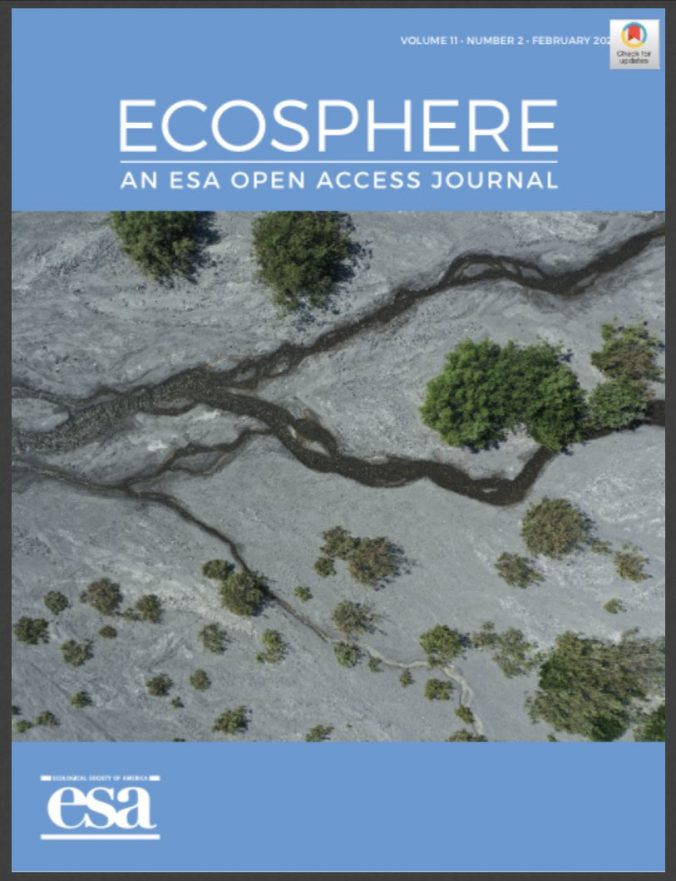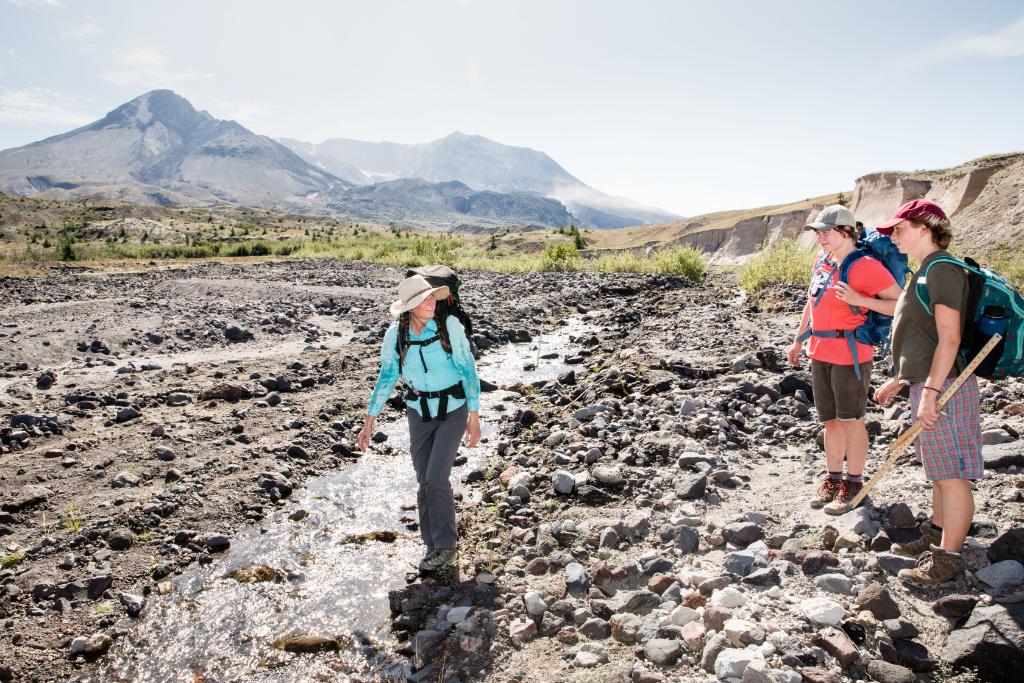
What do you love about MSH?
“The landscape has multiple areas that scientists of many different backgrounds can investigate. It’s not just a mountain, there are multiple scales of science that bring people together. “
What is one of those mind blowing facts about MSH that you can’t un-know because it is so cool?
“It literally baffles my mind, that is was a moon landscape, literally bare, no life! To see all the pictures and it’s development in the last 40 years is mind-blowing. I had no idea! I wasn’t aware of the extent of the ecological impact of the eruption. “
What attracted you to this research?
“Carri’s passion about the topic in general. Her first time talking about it showcased positive outcome from something that was pretty devastating. This resonated with my general optimism in life and my interest in streams. I gravitated towards her positivity and knowledge about the mountain.”

What is your role in the L3 lab?
“I’m a blog enthusiast! DNA extractions. As a new member, it is a lot of learning from Angie and Iris (other undergraduates), but I bring my own skills and knowledge. Tasks like leaf chemistry, aquatic bugs and canvas strips, no limitations! I’ve been progressing in scientific writing with the help of Carri!”
What is a future goal you have? Next week, next year or 5 years?
“I want to feel confident in UG experience and then go to grad school. In academia, you can always feel like there is more to learn, but also, I’ve come a long way and learned a lot and I want to feel confident in that.”

Do you identify as a Greener? What does that mean to you?
“I had a hard time understanding what that meant until I joined the L3 lab. It means openness, it’s a family, we don’t expect anything from each other, we see each other’s contributions as being important. Acceptance is a great word to describe it.”
What is that thing that you can do now, that your past self would have never dreamed of?
“Anything related to genetics, DNA, microbial communities. To reach that level of understanding, I just didn’t think I could ever do that kind of work. Getting the opportunity to work w/ highly intelligent scientists and learn from them directly!”
There’s an idea of a scientist that we all carry, how do you fit or break that mould/expectation?
“I do both. I am advocate for women in STEM, and minority groups. To stereotype a scientist really limits things and the opportunities to advance both in yourself and others.”



